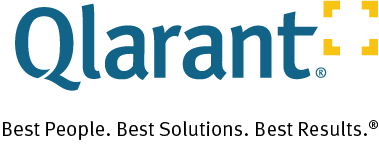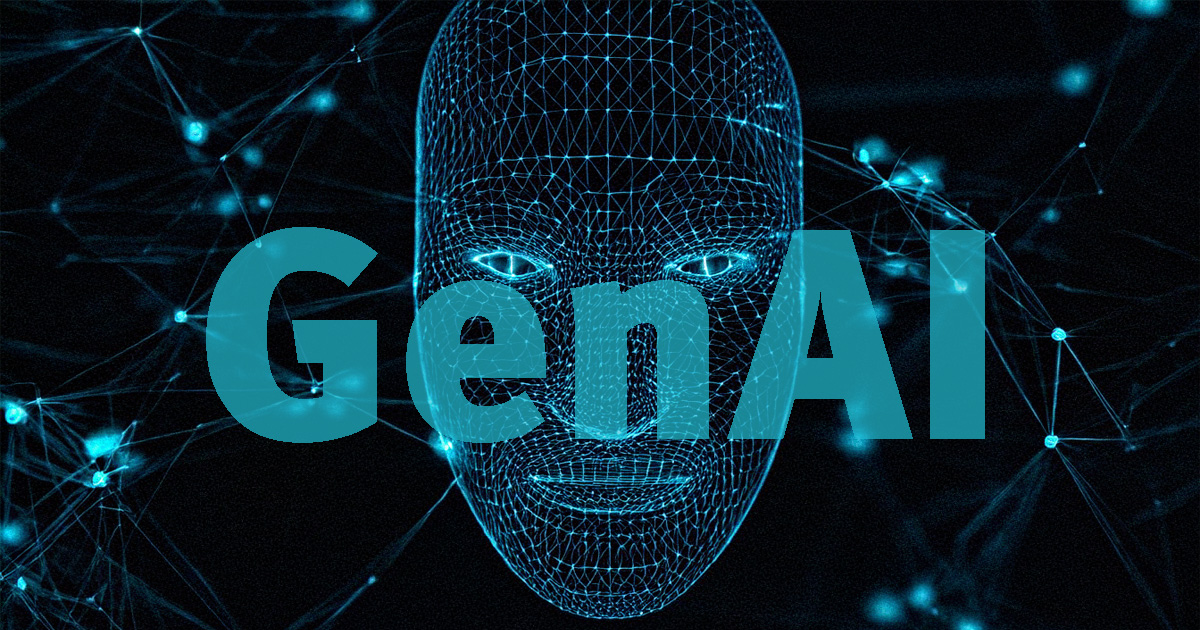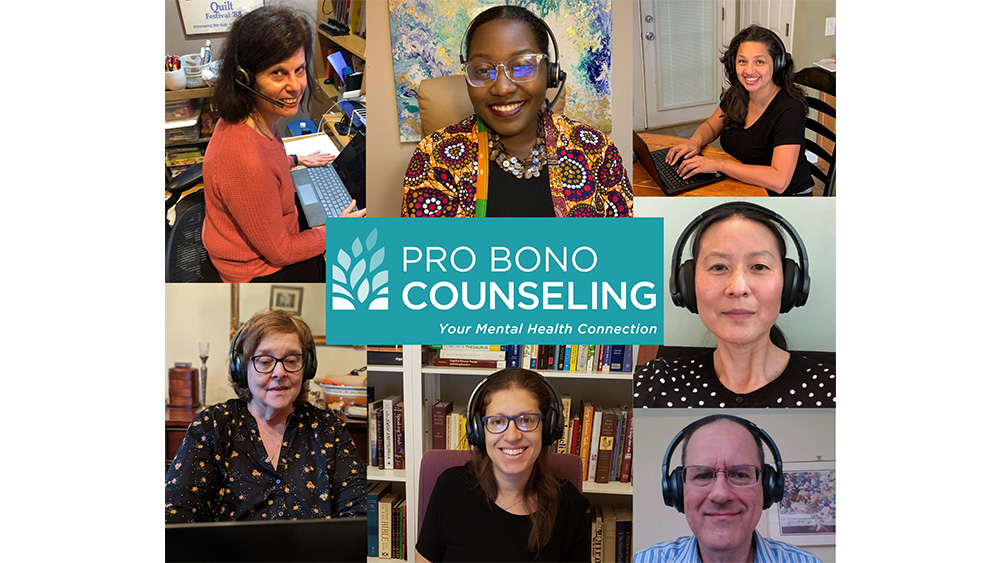When the Machines Begin to Learn
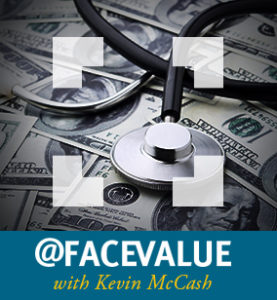 Being artificially intelligent sounds like a modern insult for that friend that is constantly looking up things on his phone so he can try to stay in the conversation. You’ll know them by quick interjections of random facts at odd times. Hey did you know that the scientist that developed the birth control pill also wrote one of the first artificial intelligence programs in 1965 to find unknown forms of medications? That is pretty cool right? Right? (Cue the collective headshakes…)
Being artificially intelligent sounds like a modern insult for that friend that is constantly looking up things on his phone so he can try to stay in the conversation. You’ll know them by quick interjections of random facts at odd times. Hey did you know that the scientist that developed the birth control pill also wrote one of the first artificial intelligence programs in 1965 to find unknown forms of medications? That is pretty cool right? Right? (Cue the collective headshakes…)
I’m not here to discuss what artificial intelligence is or what it can do. Also, I am not really talking about AI in general but a small subset of that world called machine learning. So why did I start off talking about AI? Would you really have been as interested if I started off talking about machine learning algorithms and natural language processing? No. No you wouldn’t and that my friends is what they call a hook. So now it’s time to reel you in.
Value-based healthcare (VBH), as I have mentioned many times, relies on the modern connectivity and speed of network communication. It would never have been possible in the days where provider notes were all handwritten and a fax or Xerox machine were the only ways to share information. Even with all of the advances in communication the last few decades have provided us, VBH still would struggle if all of the work were being done by human eyes. That is not to say human eyes are not important. In fact, I would say that no one is prepared for a Star Wars-esque droid doctor any time soon. However, computers never get tired, computers don’t have bias, and their memories are a lot better than a humans when it comes to long term recall. Conclusion? Computers definitely have a place in healthcare and especially in the VBH world.
Machine learning (which by the way is probably the most boring and aptly named concept in computer science) is a group of techniques that ingest a set of data and begin to make conclusions, recommendations, or predictions about any new information that comes available. This is how internet advertisements are tailored to you, how Netflix decides what movies and TV shows you might like to watch, and what content is shown to you on social media sites like Facebook. It is how your smart speakers at home can answer your questions and respond in an almost conversational way to your questions or requests. It shouldn’t be a hard leap to see how something like that could be helpful in a healthcare setting where things are often crazy and hectic and decisions are made every minute for the well-being of patients.
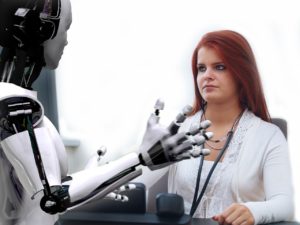 Machine learning and natural language processing (which for those that don’t know is a fancy term for a computer understanding the nuance and tonal cues of text and verbal communication) has made some inroads to healthcare already but the potential is vast and it is really an untapped market for the tech world to integrate into. There are companies that can listen to a doctor’s verbal notes as they speak with a patient and transcribe them almost perfectly into a patients chart. There are predictive algorithms that can identify, based on test results and patient descriptions of symptoms, a number of possible diagnosis and by extension what tests are best suited to follow-up with to most effectively remove diagnoses from consideration. What does that mean for you me? It means that doctors will spend less time doing paperwork and filling out charts. It means that hospital departments can schedule tests more efficiently and priorities can be based on science and history. It means that emergency departments and clinics can triage and help patients more quickly without the now expected, lengthy wait times or slow moving treatments for common ailments or low-risk conditions.
Machine learning and natural language processing (which for those that don’t know is a fancy term for a computer understanding the nuance and tonal cues of text and verbal communication) has made some inroads to healthcare already but the potential is vast and it is really an untapped market for the tech world to integrate into. There are companies that can listen to a doctor’s verbal notes as they speak with a patient and transcribe them almost perfectly into a patients chart. There are predictive algorithms that can identify, based on test results and patient descriptions of symptoms, a number of possible diagnosis and by extension what tests are best suited to follow-up with to most effectively remove diagnoses from consideration. What does that mean for you me? It means that doctors will spend less time doing paperwork and filling out charts. It means that hospital departments can schedule tests more efficiently and priorities can be based on science and history. It means that emergency departments and clinics can triage and help patients more quickly without the now expected, lengthy wait times or slow moving treatments for common ailments or low-risk conditions.
If you’ve read any of my other posts, then you know that VBH is a world where efficiency, consistency, and quality are key. What better way to help keep all of those factors at their highest than a high-speed, completely logical, and powerful tool like machine learning. I know, I know, it’s not AI which is so cool and shiny and what everyone is talking about. The thing is that AI (in its fully complete and Skynet form) isn’t the tool for healthcare because medicine and healthcare is and should always remain a compassionate and ultimately human profession. That doesn’t mean that machine learning can’t help to improve outcomes for doctors, nurses, caregivers, lab techs, patients, and their families. There is also that money saving thing… but that would be a topic for another day.
